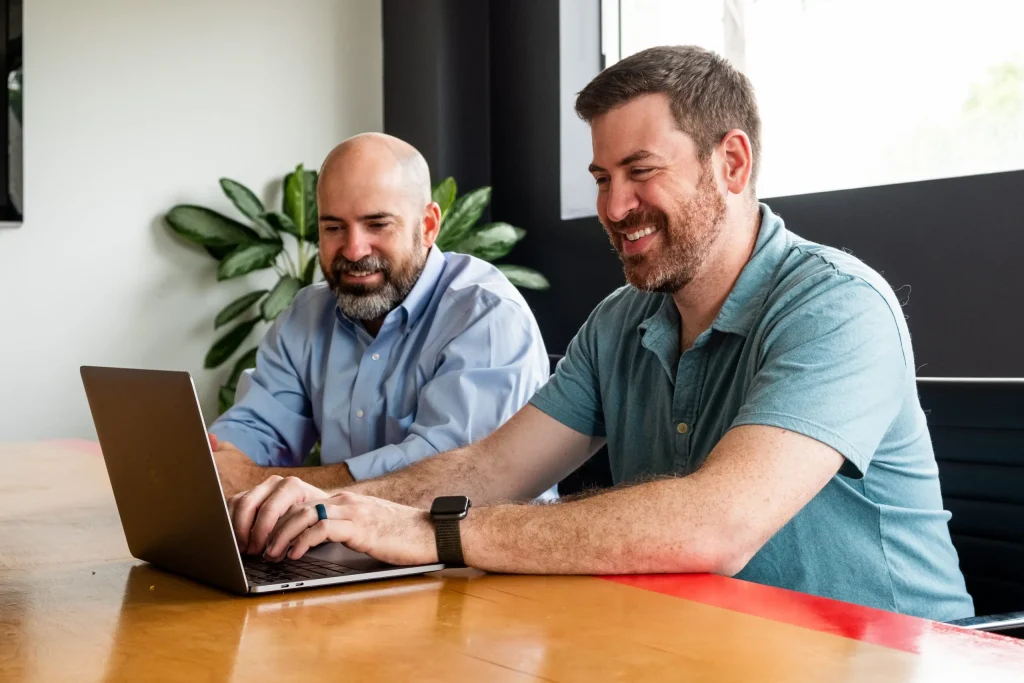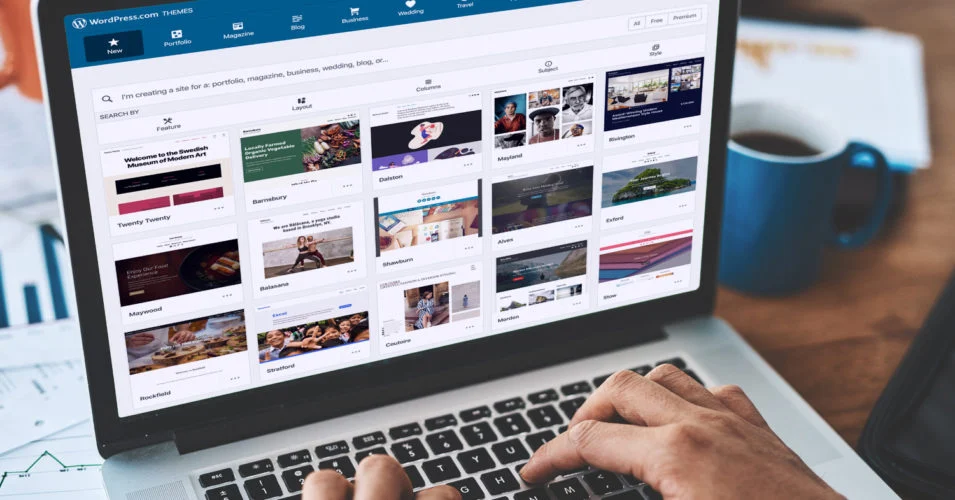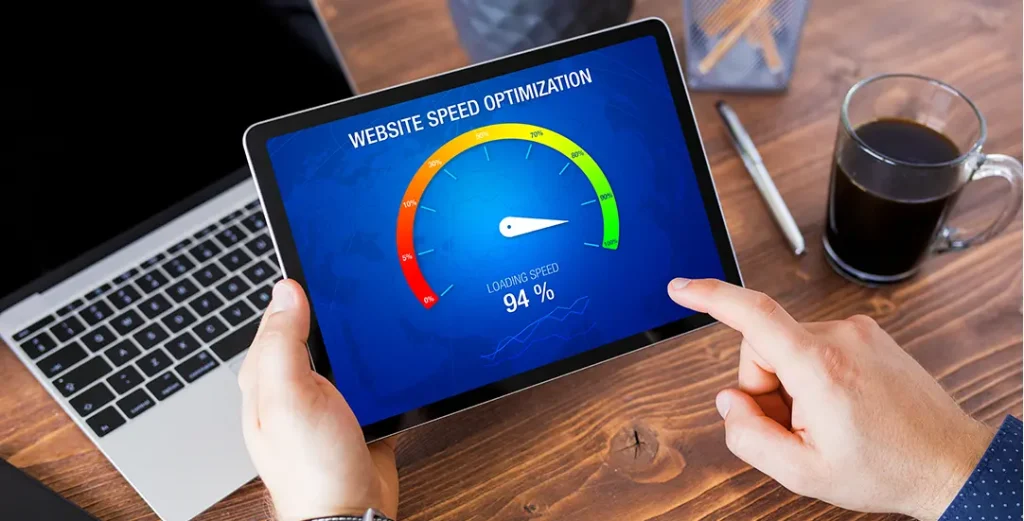Things You Need to Know Before Designing a Website
Designing a website requires careful planning and a strategic approach to ensure it meets user expectations and business goals. Whether you’re creating a personal blog, an e-commerce store, or a corporate website, here are key factors to consider before starting the design process.
1. Define Your Website’s Purpose and Goals
Understanding the primary objective of your website is crucial. Identify whether it aims to sell products, provide information, showcase a portfolio, or serve another purpose. Clear goals help shape the design and functionality effectively.
2. Know Your Target Audience
A successful website caters to its audience’s needs and preferences. Research your target demographic, including their behaviors, interests, and browsing habits, to create a user-centric experience.
3. Plan the Website Structure and Navigation
A well-organized site with intuitive navigation improves usability. Define the main pages, categories, and hierarchy to ensure visitors can easily find what they’re looking for.
4. Choose the Right Platform and Technology
Selecting the appropriate website-building platform (e.g., WordPress, Shopify, Webflow) and coding technologies (e.g., HTML, CSS, JavaScript) ensures scalability, flexibility, and ease of maintenance.
5. Prioritize Responsive and Mobile-Friendly Design
With a large percentage of users accessing websites via mobile devices, responsive design is essential. Ensure your site adapts seamlessly to different screen sizes and resolutions.
6. Optimize for SEO from the Start
Search engine optimization (SEO) improves visibility on search engines. Use proper meta tags, keyword optimization, fast-loading pages, and structured content to enhance rankings.
7. Focus on User Experience (UX) and Interface Design (UI)
A visually appealing yet functional design enhances user engagement. Maintain consistency in colors, fonts, and layout while ensuring usability and accessibility.
8. Ensure Fast Loading Speed
Slow websites lead to higher bounce rates. Optimize images, use caching, minimize code, and choose a reliable hosting provider to improve loading times.
9. Integrate Essential Features and Security Measures
Depending on the website type, include necessary features such as contact forms, e-commerce functionality, or social media integration. Implement security measures like SSL certificates, strong passwords, and regular updates to protect user data.
10. Plan for Ongoing Maintenance and Updates
A website is not a one-time project but requires regular updates, security patches, and content refreshes to stay relevant and perform well.
Conclusion
By considering these key factors before designing a website, you can create a functional, user-friendly, and effective online presence. Proper planning and attention to detail will contribute to the long-term success of your website.







